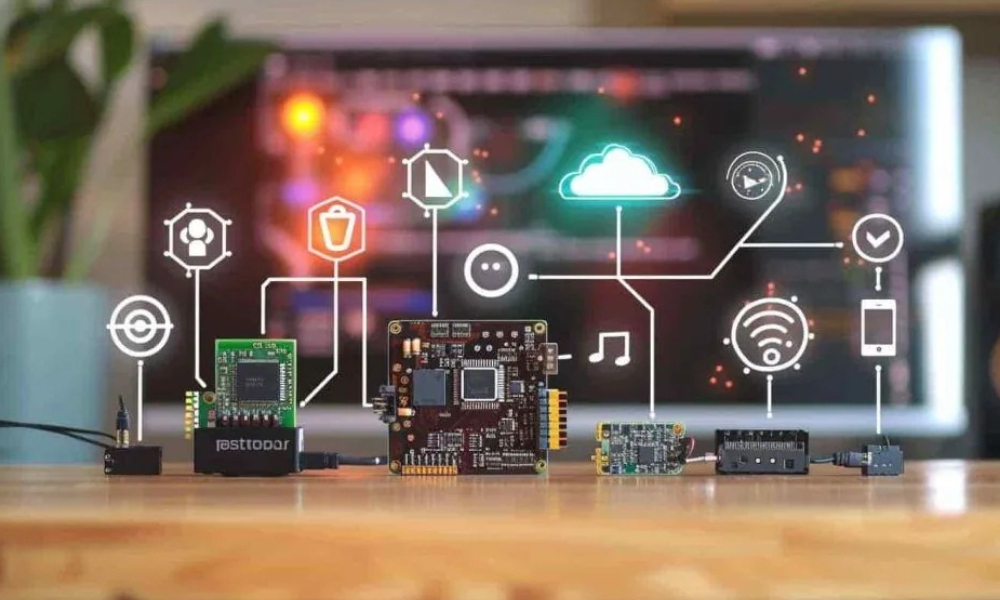
Projects with Raspberry Pi
Introduction of Course :
The Raspberry Pi—a compact, affordable, and powerful computing platform—has unlocked a world of possibilities for aspiring tech enthusiasts, engineers, and hobbyists alike. This short-term course offers a hands-on gateway into embedded systems and project development using Raspberry Pi. Whether you’re new to electronics or looking to enhance your prototyping skills, the course covers practical applications like home automation, IoT systems, robotics, and digital monitoring.
Participants will gain foundational knowledge in programming (Python/GPIO),hardware interfacing, and real-world problem-solving through guided projects. With an emphasis on creativity and innovation, this course empowers learners to transform simple ideas into functional tech prototypes using one of the most versatile tools in modern computing.
Course Outcomes:
- Understand the architecture and applications of Raspberry Pi
- Write and execute Python code for hardware control and automation
- Interface with sensors and external components confidently
- Design and implement a functional tech project from scratch
- Develop problem-solving skills through project-based learning
- Gain hands-on experience relevant to IoT and embedded systems
- Build a portfolio-worthy project to showcase to potential employers or institutions
Course Plan:
| S.No. | Title | Contents |
| 1. | Introduction to Raspberry PI |
|
| 2. | Python Programming essential |
|
| 3. | Sensors and Hardware Interfacing |
|
| 4. | Project on Home Automation/ Environmental Monitoring |
|
| 5. | Final Project Presentation |
|

